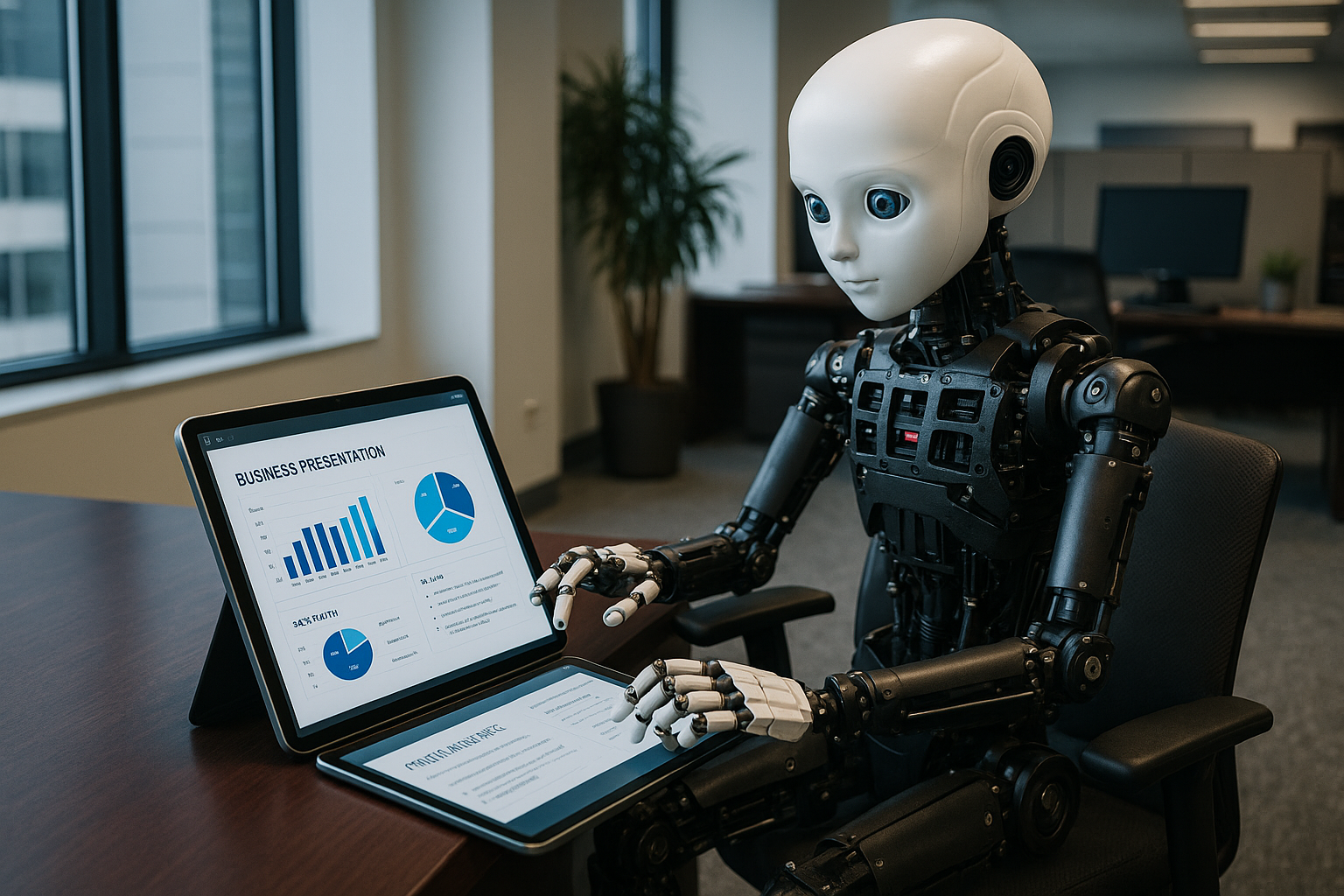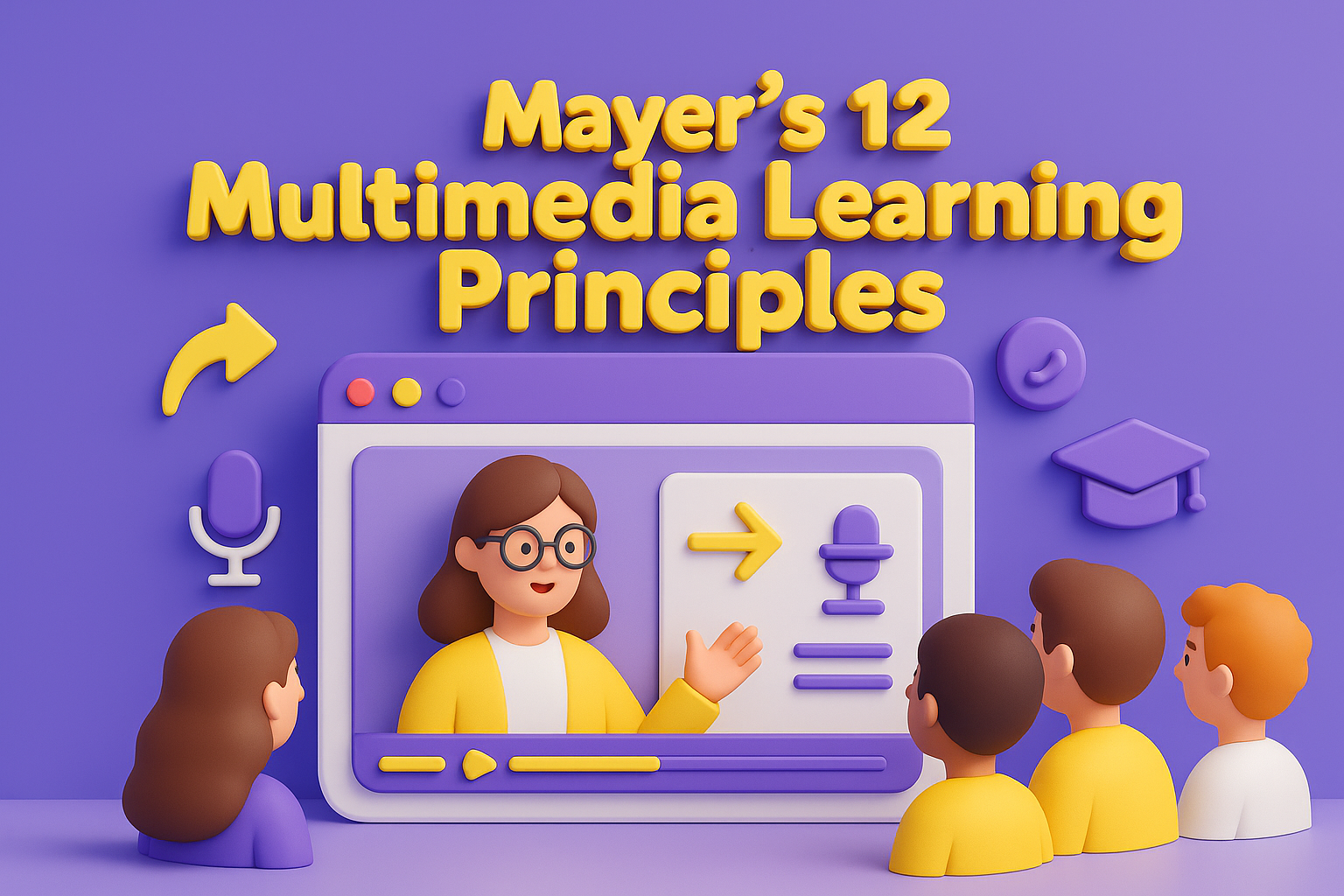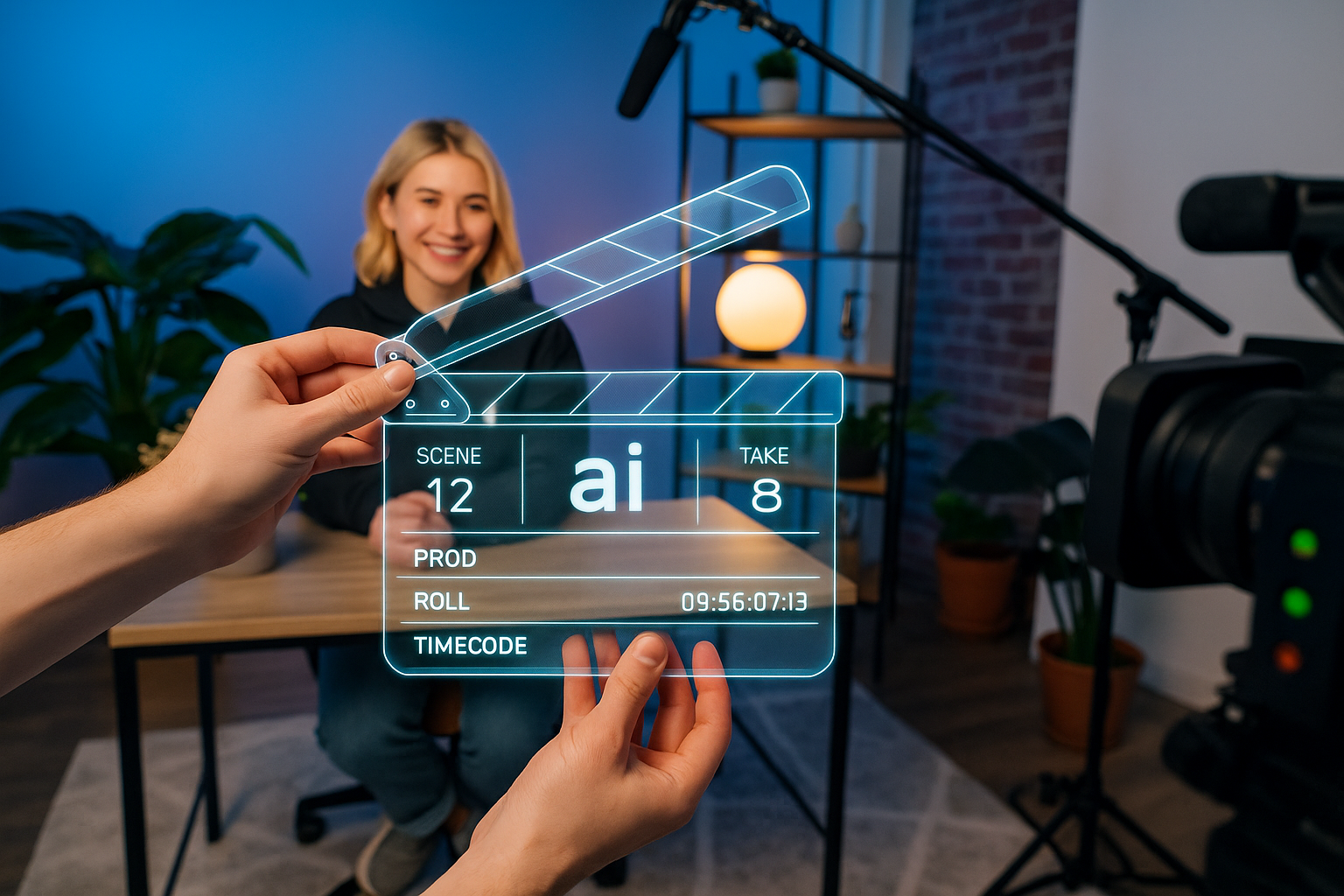Best PPT Maker AI Tools in 2025 (Free AI PowerPoint Generators)
Best PPT Maker AI Tools (Free & Paid) Introduction Creating presentations has long been dominated by and , with alternatives like and in the mix. PowerPoint remains the most widely used worldwide, while Google Slides has become the go-to for collaboration. Prezi, once known for its zooming canvas, has also reinvented itself with AI-driven storytelling. But the way we make presentations is evolving. (sometimes called , , or ) now allow you to generate entire slide decks in minutes. Instead of starting with a blank slide, you can enter a short prompt or upload files, and AI will create layouts, visuals, and text for you. As of 2025, both tech giants (Microsoft and Google) and newer startups are offering powerful . Let’s explore the top ones worth trying. Top PPT Maker AI Tools 1. Known for speed and flexibility, Gamma can generate a draft deck in seconds. Its minimalist interface makes it easy to edit and refine.
2. Already a household name in design, Canva’s AI presentation generator builds a draft deck from a short prompt. You can then use Canva’s huge library of fonts, templates, and visuals to polish it.
3. An add-on that brings AI directly into Google Slides. Enter a brief description, and Plus AI generates an outline and suggested slides. It also supports live data integration and custom templates.
4. One of the earliest and most popular AI presentation makers. Automatically adjusts formatting and layout to make every slide look polished.
5. This AI PPT generator takes diverse inputs—topics, YouTube URLs, PDFs, or Word documents—and converts them into slides.
6. A newer but impressive player, NextDocs.io has earned praise for its intuitive user experience and strong AI slide generation.
7. Unlike most AI PPT makers, Aspects focuses on producing a near-finished deck rather than giving you a workspace to tweak. It’s an autonomous slide designer.
8. Praised for thoughtful layouts and professional formatting, Skywork.ai impressed even consultants used to high standards.
9. A free AI PPT maker with a straightforward interface, though the free version is limited to 5 slides.
Tips for Getting the Most Out of AI PowerPoint Generators
Bonus: Turn Any PPT into a Video with CourseCut.AI No matter which you choose—PowerPoint, Google Slides, or AI-first platforms—the end result is usually a static deck. With , you can give your slides a second life by . Simply upload your PPTX file, and CourseCut will:
Perfect for educators, trainers, and creators who want to reach wider audiences across YouTube, LMS platforms, or social media. Conclusion From established names like and to rising stars like , there’s no shortage of in 2025. Each has its strengths—some focus on speed, others on design or storytelling. The best choice depends on your needs. And when you want to go beyond static slides, tools like help you turn any presentation into an engaging video. The future of presentations is not just —it’s about making them and more versatile.


 Abhay
Abhay
